News 4/9/13
From SensibleShoes: “Re: Walgreens. This is absolutely insane. Walgreens has no idea what they are doing but they just found a way to sell more of their drugs on their shelves!” Walgreens becomes the first retail store chain to to offer diagnosing and treatment for patients with chronic conditions. Walgreens officials say they are not trying to take over primary care but instead are offering patients more access points for testing and care management. The AAFP does not welcome the news, saying it’s difficult to manage care when patients are treated in various settings. I am sure that AAFP’s objections have nothing to do with the fact that the 300+ retail clinics are staffed by PAs and NPs and not FPs.
Baylor Quality Alliance (TX) selects Greenway Medical to participate in its EHR program, which aids community physician practices in the evaluation, selection, and implementation of EHR applications.
The producers of NPR profile several physicians in rural Missouri, most of whom lack the necessary funds to transition to EHRs. Many practices are turning to large health systems for financial support while older providers are choosing to opt out of EHRs and use paper records until retirement.
The Chicago HIT REC introduces LAUNCH, an extension of its EHR adoption and training assistance program and available to both primary care physicians and specialists.
American Medical News offers physicians some tips for buying an EHR the second time around. I agree that one of the first things practices should do before jumping into a new system is identify what went wrong the first time to avoid repeating mistakes. Providers then need to prioritize their buying criteria and commit fully to the sometimes painful implementation process.
The AAP and AHRQ develop a set of instructions for EHR vendors that defines functionality and more than 700 requirements that are considered essential to pediatrics.





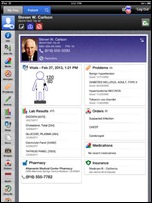
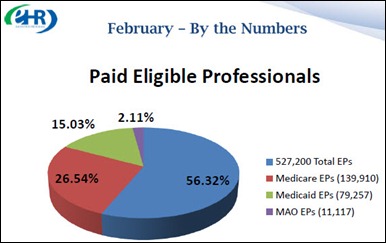

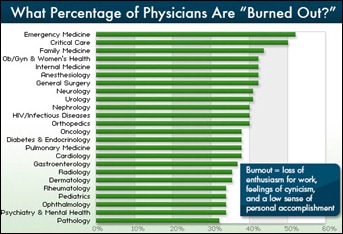
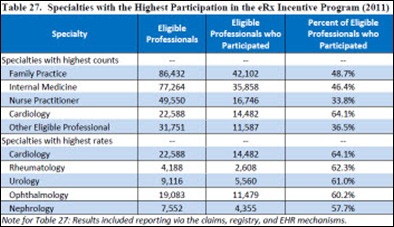


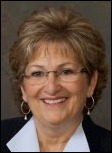


The article about Pediatric Associates in CA has a nugget with a potentially outsized impact: the implication that VFC vaccines…